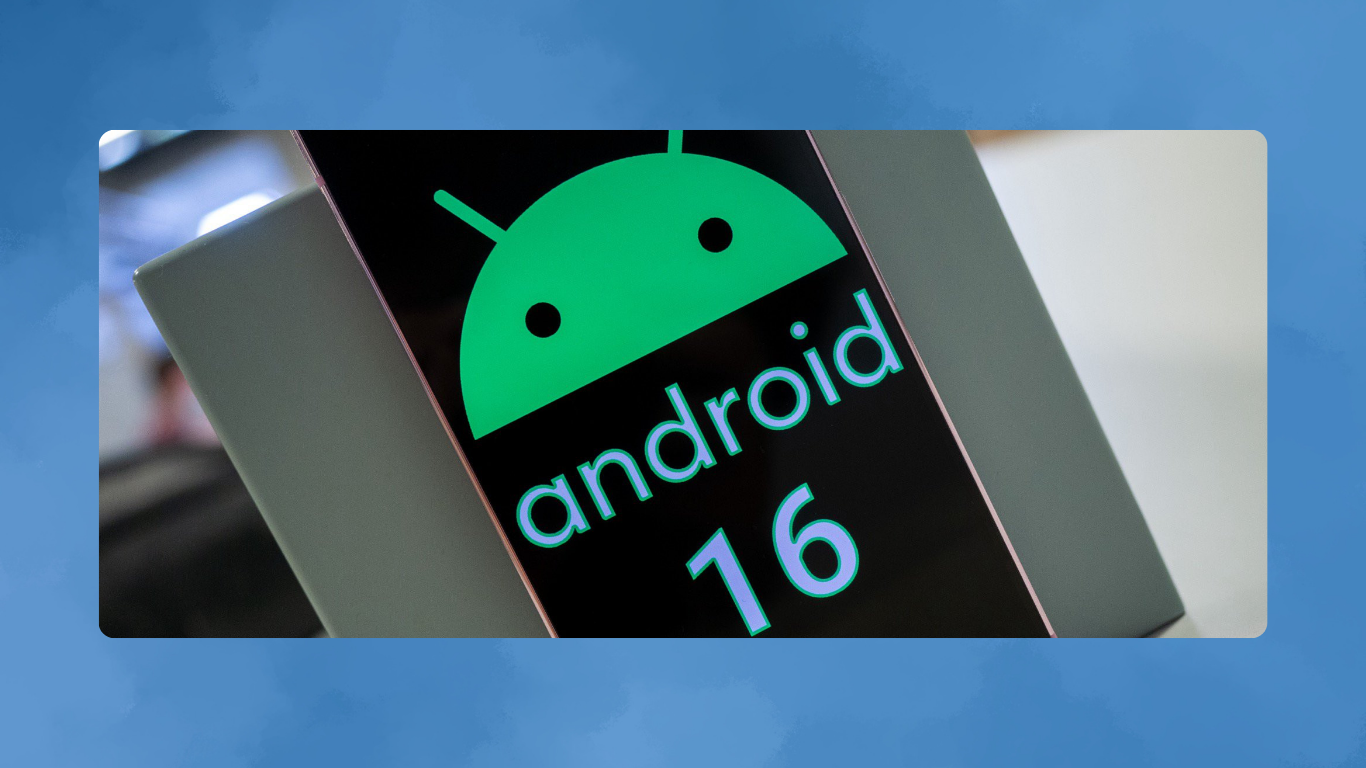Google is gearing up to roll out a major overhaul to the Quick Settings and Notification Panel in Android 16. While redesigns are typically aimed at improving user experience, this one might stir up some mixed reactions. The shift, while innovative, could end up being more of a headache than a benefit for many smartphone users.
Reports about the changes have surfaced even before the stable release of Android 15, with hints of the redesign spotted in the Android 15 QPR1 beta. Google seems to be planning a clear split between the Quick Settings and Notification Panel, a departure from the unified interface that Android users have grown accustomed to over the years.
A Smaller, Separate Notification Panel

In the new design, users will still be able to access the Notification Panel with a single swipe, but there’s a twist. Instead of taking over the whole screen, the panel will only occupy a quarter of it. While this makes for a less cluttered look, it also means you won’t be able to access the Quick Settings from the same swipe. This separation may frustrate users who prefer the current, all-in-one approach that lets them access both notifications and settings in a single gesture.
Two-Finger Swipe for Quick Settings: A Step Backward?
To access Quick Settings, users will need to perform a two-finger swipe down. This tweak might not sit well with those who value the ease of one-handed use, especially on larger devices. The dual-panel setup adds an extra step for reaching Quick Settings, potentially making it less convenient to manage certain functions quickly.
Visually, Quick Settings will feature a dual-shade layout. The brightness slider is also getting a revamp, taking on a thicker, pill-shaped form with a label, mimicking the look of the volume controls. Users can expect more customization options with grid layouts for tiles—ranging from 2×2 to 4×2 configurations. The panel will display between 12 and 16 tiles per page, and users can swipe through pages to access more settings.
Light Mode and Other Potential Enhancements

A notable addition could be the introduction of a Light Mode in Quick Settings, making it easier for users to toggle between dark and light themes. However, since Android 16 is still in the early development stages, there’s room for further adjustments before the final version rolls out.
Inspiration from Huawei’s EMUI and Xiaomi’s HyperOS
Interestingly, this isn’t the first time we’ve seen a split between the Quick Settings and Notification Panel. Huawei was a pioneer in this area with its EMUI 12 update, based on user research. The company separated the panels to create a more intuitive system, allowing users to manage notifications without interference from settings. Xiaomi followed suit with its HyperOS, and now Google appears to be taking a page from their playbook.
However, unlike Huawei’s simplified one-finger gestures, Google’s approach may complicate things by introducing a two-finger gesture for accessing Quick Settings. Whether or not Google will manage to pull off a design as seamless as Huawei’s remains to be seen.
User Experience: A Trade-off?
While the changes might appeal to those looking for a fresh interface, there’s no denying the potential downsides. For users who prioritize ease of use, especially with one hand, the new gestures could make daily interactions more cumbersome. Having to adjust to separate panels might feel like a step backward in terms of usability.
That being said, this is just a preview of what Android 16 could look like, and Google is likely to refine its design based on user feedback during the beta phase. There’s still hope that they’ll fine-tune the experience before the official release.
Final Thoughts: A Controversial Update?
The Android 16 redesign of the Quick Settings and Notification Panel is undoubtedly a bold move by Google. While the separation of these two features could create a cleaner and more visually distinct interface, it also runs the risk of alienating users who favor simplicity and accessibility. With some elements borrowed from other manufacturers like Huawei and Xiaomi, it will be interesting to see how Google handles the execution of these changes.
As the release of Android 16 draws closer, we’ll get a clearer idea of whether this redesign will enhance the user experience or become another frustrating hurdle for smartphone users. All eyes will be on Google to see if they can strike the right balance between innovation and practicality.

Subtly charming pop culture geek. Amateur analyst. Freelance tv buff. Coffee lover
